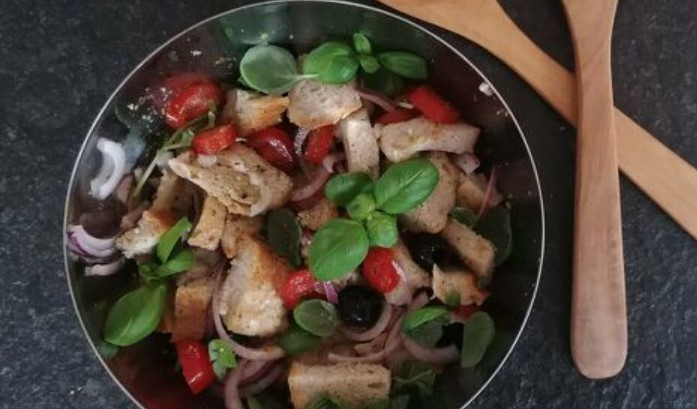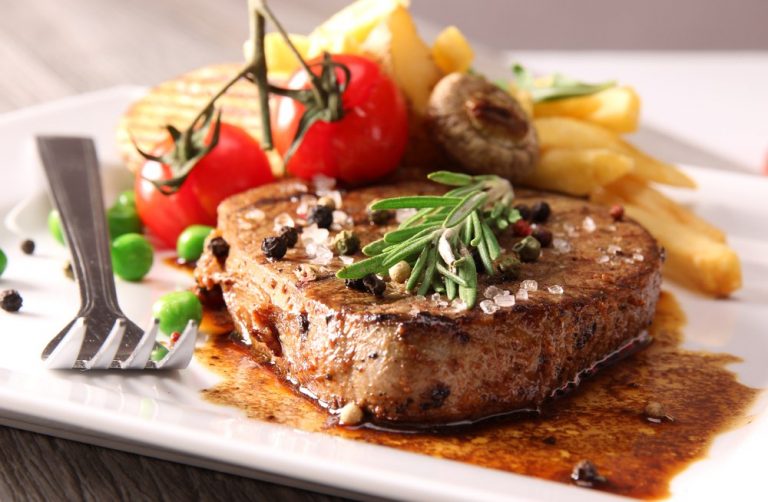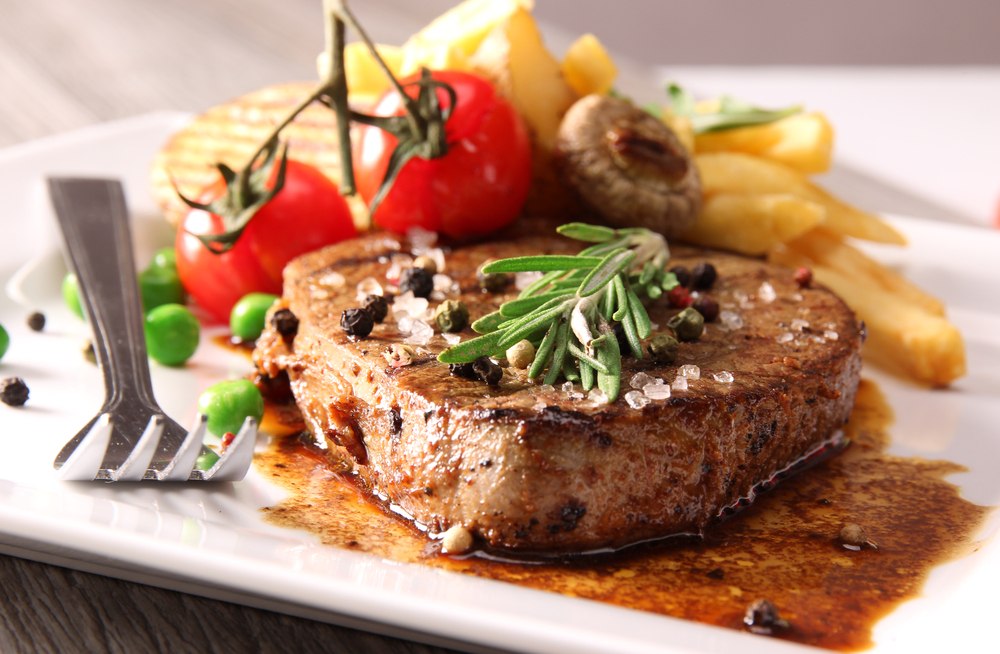Freezing chickpeas is a great way to always have the healthy legumes ready to cook. We’ll show you what to look out for when freezing chickpeas and how to use them.
Freezing chickpeas preserves the legumes even when cooked. Recipes that use chickpeas usually call for cooked chickpeas. However, the cooking time of legumes is very long, so they are not suitable for a quick meal uncooked.
Chickpeas are healthy because they have valuable vegetable protein, proteins and other healthy ingredients. Legumes are used in a variety of ways in the kitchen. If you freeze cooked chickpeas, you’ll always have them ready to cook.
When buying chickpeas, pay attention to organic quality. This protects the environment, since organically certified seals such as Demeter or Bioland do not use synthetic chemical pesticides.
By the way: in your own garden is very easy. You can grow your own chickpeas in the garden to avoid having to buy them at the store. This is how to plant and care for chickpeas.
Freeze chickpeas: this is how it works

Freezing chickpeas is quick and easy. Only the cooked chickpeas are suitable for freezing. Because in the dried state, properly packaged, the legumes can be kept for many months.
If you want to freeze chickpeas, then proceed as follows:
Cook the chickpeas according to package instructions. In another article, you’ll learn everything you need to know about cooking or soaking chickpeas.
Catch the chickpea water, because you can use it in many ways. In another post we have tips on this: Don’t throw away chickpea water! 5 ideas how to use it
Let the cooked chickpeas cool.
Place the cooked chickpeas in a freezeproof, sealable container. Make sure the containers are reusable. This is how you avoid rubbish. Also read: Freezing food without plastic
Place the container of chickpeas in your freezer. Important: If you are freezing in glass, do not fill the glass to the top, but leave some space so that the chickpeas can expand during freezing. Also, only close the lid after a few hours in the freezer, otherwise the jar may burst if the contents expand too much.
Tip: Freeze the chickpeas in several small containers. So you always have the right amount at hand for a meal.
Recipe ideas for chickpeas
Freezing cooked chickpeas will keep the legumes for a few months. Get them out of the freezer when you need them and use them in delicious dishes. You have two options for this:
Thaw the chickpeas before cooking:
Place them in a bowl in the fridge overnight to use the next day, or
let them thaw at room temperature for a few hours.
If you want it a little faster, put the frozen chickpeas in a small bowl and thaw them in a water bath over medium heat.
With the thawed chickpeas, you can cook particularly well recipes in which the chickpeas are pureed or should be used fresh, i.e. not further cooked and baked. For example, try the recipe for a classic hummus or a fresh chickpea salad.
Use frozen chickpeas:

Add the frozen chickpeas to a soup or warm dish and cook with the remaining ingredients until soft again.
Recipes that use cooked chickpeas also work well to use your frozen chickpeas. For example, they taste great in chickpea curry or chickpea soup.
Tip: Fry the frozen chickpeas in a little oil in a pan. Once they have softened, season them with herbs and spices of your choice.





